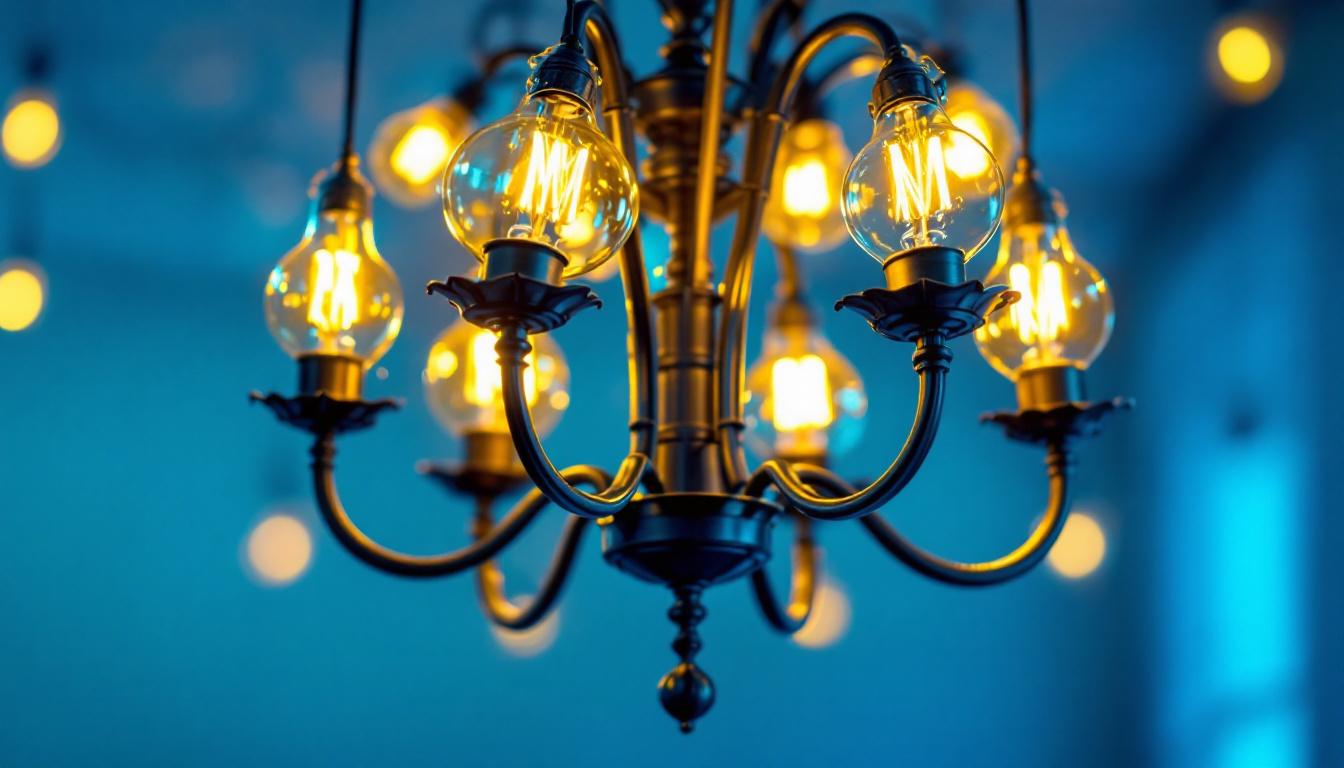
As the demand for sustainable and energy-efficient lighting solutions continues to rise, solar walk lights have emerged as a popular choice among both residential and commercial clients. These innovative lighting solutions not only enhance the aesthetic appeal of outdoor spaces but also contribute to significant energy savings. However, for lighting contractors, navigating the compliance landscape surrounding solar walk lights can be complex. This article delves into the essential compliance considerations that lighting contractors need to be aware of when working with solar walk lights.
Solar walk lights are outdoor lighting fixtures powered by solar energy, typically utilizing photovoltaic cells to convert sunlight into electricity. These lights are designed to illuminate pathways, gardens, and other outdoor areas, providing safety and visibility while minimizing energy consumption. Their increasing popularity is attributed to the growing awareness of sustainable practices and the desire for eco-friendly solutions in landscaping and outdoor design.
Solar walk lights consist of several key components that work together to ensure optimal performance. The primary components include:
Understanding these components is crucial for contractors, as it allows them to assess the quality and performance of different solar walk light models, ensuring they meet client expectations and regulatory standards. Additionally, some advanced models come equipped with motion sensors that can detect movement, providing an extra layer of security by illuminating only when someone is nearby. This feature not only conserves energy but also enhances the safety of outdoor spaces by deterring potential intruders.
Incorporating solar walk lights into outdoor projects offers numerous advantages:
Moreover, solar walk lights are available in a variety of designs and styles, allowing homeowners and landscapers to choose options that complement their aesthetic preferences. From sleek modern designs to charming vintage lanterns, there is a solar light to suit every outdoor theme. Furthermore, many models are built with durable materials that withstand harsh weather conditions, ensuring longevity and reliability. This durability not only enhances the lights’ performance but also reduces the need for frequent replacements, making them a practical choice for any outdoor setting.
As with any lighting solution, solar walk lights must adhere to specific regulations and standards to ensure safety, performance, and environmental compliance. Understanding these regulations is essential for lighting contractors to avoid potential legal issues and ensure client satisfaction.
The National Electrical Code (NEC) sets the standard for safe electrical design, installation, and inspection in the United States. While solar walk lights are generally low voltage and may not fall under the same stringent requirements as traditional lighting, contractors must still ensure that installations comply with relevant NEC provisions. This includes:
Contractors should familiarize themselves with the latest NEC updates to ensure compliance and safety in their projects. Additionally, understanding local amendments to the NEC can be crucial, as some municipalities may have stricter regulations regarding outdoor lighting installations. This can include requirements for light pollution reduction, which is particularly relevant for solar walk lights that are often installed in residential areas where excessive brightness can disrupt local wildlife and human activity.
In addition to safety regulations, solar walk lights must also meet energy efficiency standards set by various organizations. The U.S. Department of Energy (DOE) and the Environmental Protection Agency (EPA) have established guidelines that promote the use of energy-efficient lighting solutions. Contractors should be aware of:
By ensuring that solar walk lights meet these standards, contractors can enhance their credibility and provide clients with reliable, efficient products. Furthermore, the integration of smart technology in solar walk lights is becoming increasingly popular. Features such as motion sensors and dimming capabilities not only improve energy efficiency but also extend the lifespan of the lights. As technology evolves, staying informed about the latest advancements in solar lighting can give contractors a competitive edge, allowing them to offer innovative solutions that align with both regulatory standards and consumer preferences.
Proper installation is crucial for the performance and longevity of solar walk lights. Lighting contractors should adhere to best practices to ensure that installations are compliant and effective.
Before installation, conducting a thorough site assessment is essential. This involves evaluating:
To achieve optimal illumination, contractors should pay attention to the placement and spacing of solar walk lights. Key considerations include:
Following these guidelines will enhance the overall effectiveness of the solar lights and meet client expectations.
Regular maintenance is vital to ensure the long-term performance of solar walk lights. Lighting contractors should educate clients about proper maintenance practices and be prepared to troubleshoot common issues.
To keep solar walk lights functioning optimally, clients should perform routine maintenance tasks, including:
Contractors should be prepared to address common issues that clients may encounter with solar walk lights:
The solar lighting industry is continuously evolving, with new technologies and trends shaping the future of solar walk lights. Lighting contractors should stay informed about these developments to remain competitive and meet client demands.
As technology advances, smart solar lighting solutions are becoming increasingly popular. These systems often incorporate features such as:
Another trend is the increasing variety of aesthetic options available for solar walk lights. Manufacturers are offering a wider range of designs, colors, and finishes to meet diverse client preferences. This allows contractors to provide customized solutions that enhance the visual appeal of outdoor spaces.
Solar walk lights represent a sustainable and energy-efficient lighting solution that is gaining traction among homeowners and businesses alike. For lighting contractors, understanding the compliance landscape, installation best practices, maintenance requirements, and emerging trends is essential for success in this growing market. By staying informed and adhering to industry standards, contractors can provide high-quality solar lighting solutions that meet client needs and contribute to a more sustainable future.
As the industry continues to evolve, embracing innovation and prioritizing compliance will position lighting contractors as trusted experts in solar walk lighting. By doing so, they can not only enhance their service offerings but also play a vital role in promoting environmentally friendly practices in the lighting industry.
Ready to elevate your lighting projects with the best in solar walk lights? At LumenWholesale, we provide lighting contractors like you with the highest quality, spec-grade lighting products at unbeatable wholesale prices. Say goodbye to local distributor markups and hello to a vast selection of industry-standard, reliable lighting solutions. With free shipping on bulk purchases, we ensure you get the premium lighting you need at the best value — no hidden fees, no compromises. Let us help you meet compliance standards and exceed client expectations. Wholesale Lighting at the Best Value is just a click away. Experience the LumenWholesale difference today.

Discover the essential compliance guidelines and design tips for selecting decorative light bulbs for chandeliers.

Discover essential facts about wall mount outdoor lighting fixtures for lighting contractors.

Discover how lighting contractors can expertly transition to T8 ballast bypass LED systems.

Discover how GE Light can transform your spaces with innovative lighting solutions.